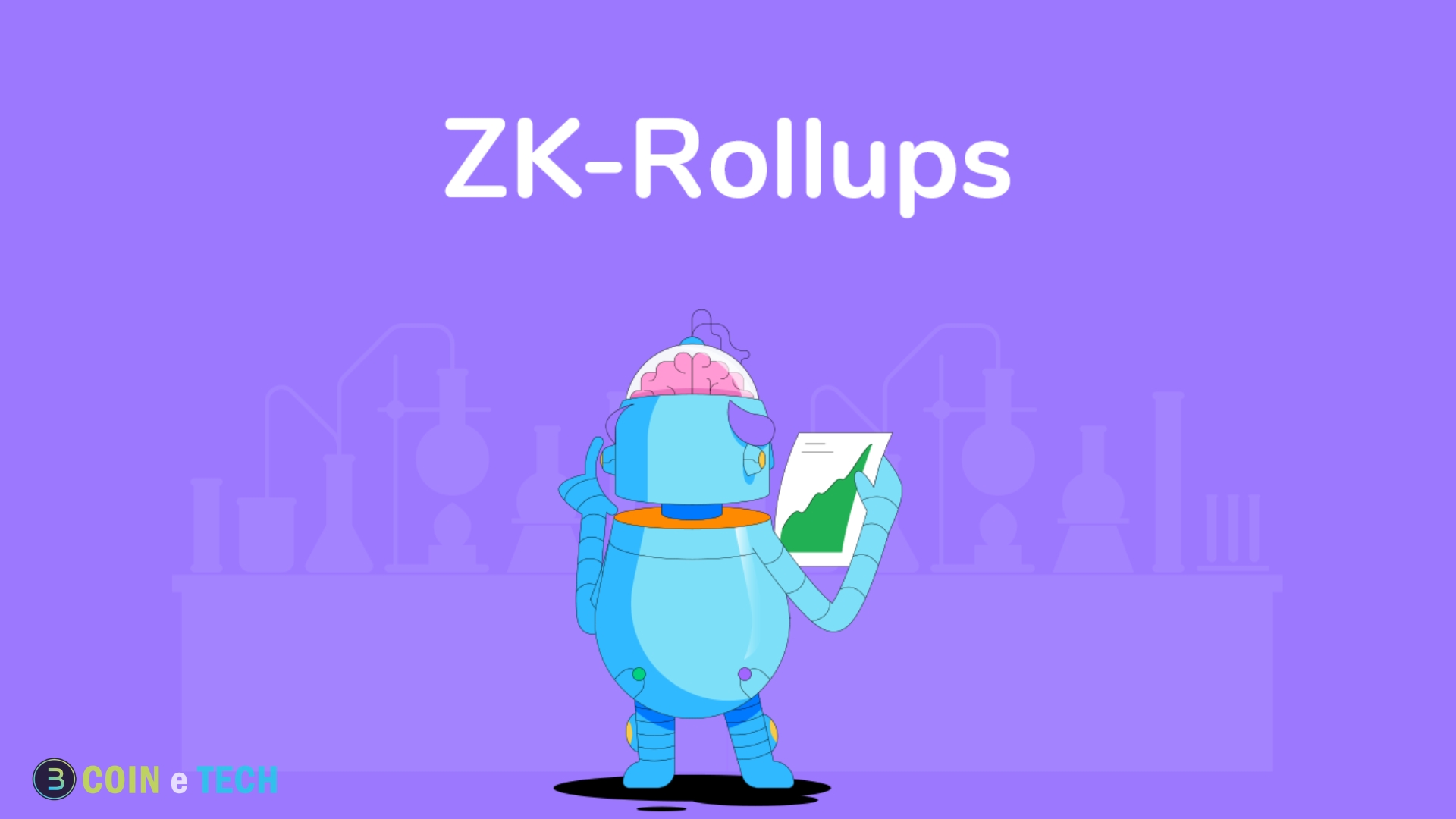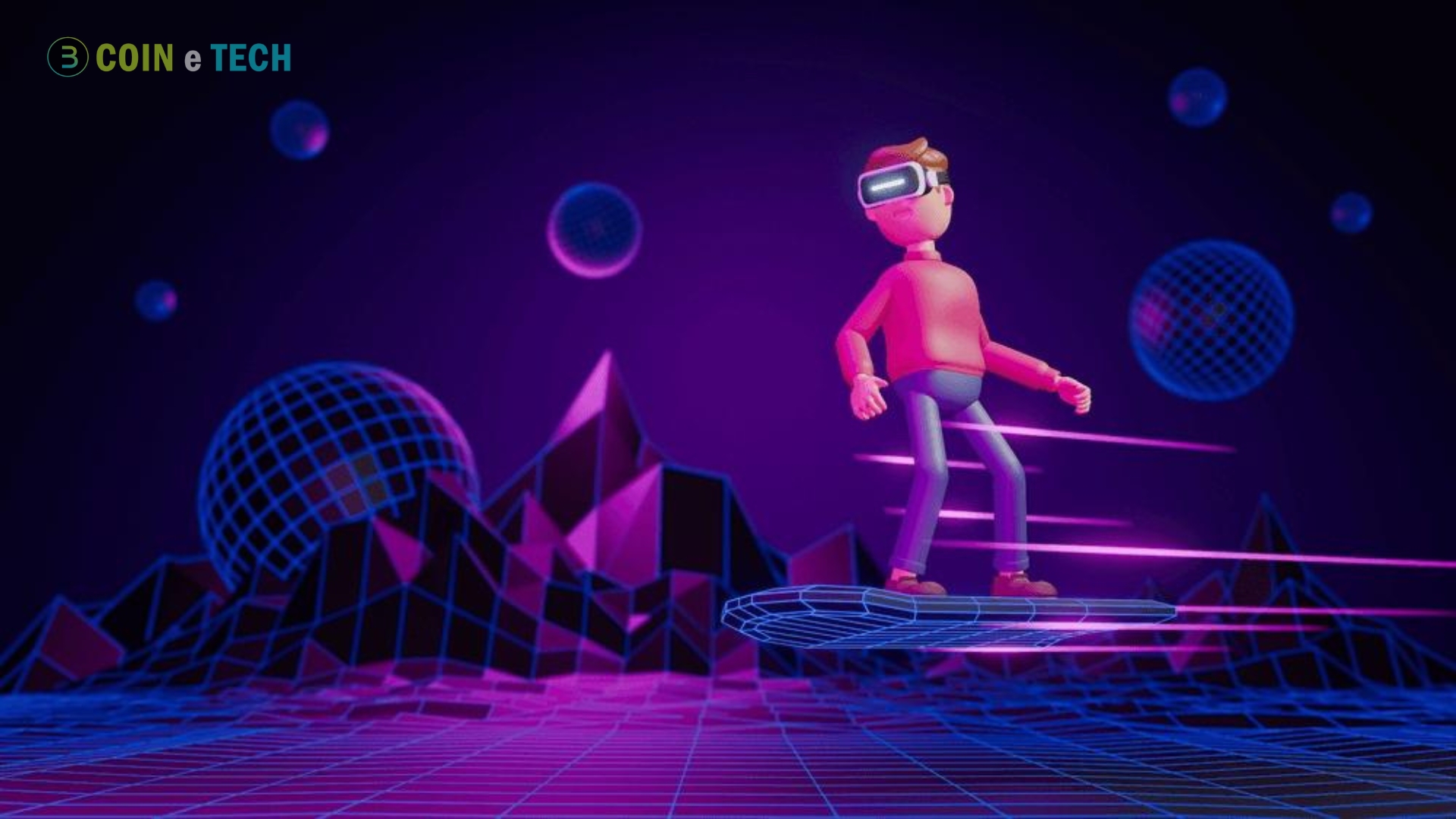Crypto Tech Analysis: The cryptocurrency market continues to evolve at breakneck speed, with emerging technologies driving the sector forward. In 2024, the fusion of blockchain with innovations like AI, smart contracts, and scalability solutions has transformed the space into a highly sophisticated, multi-faceted ecosystem. This article delves into the most significant advancements, trends, and technologies that are shaping the crypto landscape, as well as the challenges and potential future developments in the industry.
The Rise of Layer-2 Scaling Solutions
Solving the Scalability Dilemma
One of the most critical challenges faced by leading blockchains like Bitcoin and Ethereum has been scalability. Layer-1 networks (such as Ethereum) are often overwhelmed by high demand, resulting in slow transaction speeds and exorbitant fees. Layer-2 solutions have become a focal point in 2024, aiming to alleviate these issues by processing transactions off the main chain and settling them in batches.
Among the most prominent Layer-2 solutions is Polygon (formerly Matic), which has been gaining traction due to its high transaction throughput and compatibility with Ethereum’s ecosystem. Arbitrum and Optimism, two Ethereum Layer-2s, have also been leading players in reducing gas fees and increasing transaction speeds. Their rollup technologies bundle multiple transactions into a single one, reducing the load on the Ethereum network without sacrificing security.
Zero-Knowledge Rollups
2024 has seen a significant rise in the adoption of Zero-Knowledge Rollups (zk-Rollups), which ensure that transactions are executed off-chain, but the proof of these transactions is verified on-chain using cryptographic techniques. Zk-rollups are more efficient than traditional rollups and are seen as a long-term scaling solution. Ethereum’s move towards full adoption of zk-rollups is anticipated, especially following the network’s transition to Ethereum 2.0.
Interoperability Protocols Gaining Momentum
As the number of blockchain networks proliferates, the need for these ecosystems to communicate with each other has never been more essential. Interoperability solutions allow different blockchains to share information, assets, and value seamlessly.
Polkadot and Cosmos: Leading the Charge
Polkadot and Cosmos are leading the charge in building interoperable blockchains. Polkadot’s parachain model—multiple blockchains running in parallel and connecting to a central relay chain—has helped cross-chain communication. Cosmos uses its Inter-Blockchain Communication (IBC) protocol to allow assets and data to transfer across independent blockchains, building a truly interconnected crypto ecosystem.
Both networks are seeing increased adoption in 2024 as decentralized finance (DeFi) and NFT platforms move towards cross-chain operability, allowing users to transact across multiple blockchains without intermediaries.
Decentralized Finance (DeFi) 2.0: The Evolution
Automated Market Makers and Liquidity Mining
DeFi has been one of the standout sectors of the cryptocurrency world, and it continues to evolve. 2024 marks the rise of DeFi 2.0, which seeks to address some of the challenges from the original wave of DeFi protocols. One of the primary issues was capital inefficiency—users were required to lock up significant amounts of capital to earn rewards through liquidity mining, which wasn’t sustainable.
In response, new protocols have emerged to enhance the functionality of Automated Market Makers (AMMs) and make liquidity provision more capital-efficient. Protocols such as Uniswap v4 and Balancer have developed sophisticated algorithms that reduce impermanent loss and provide better returns for liquidity providers.
Real-World Asset Tokenization
The tokenization of real-world assets (RWAs) has become a defining feature of DeFi 2.0. Platforms are enabling users to tokenize physical assets like real estate, art, and even stocks, and trade them on decentralized platforms. This innovation blurs the line between traditional finance and DeFi, with projects such as Synthetix and MakerDAO leading this charge.
The Role of AI in Crypto Markets
Artificial intelligence (AI) has found a natural synergy with cryptocurrencies, transforming how we approach crypto market analysis, trading, and security. AI tools are increasingly being integrated into crypto trading platforms, providing traders with algorithmic insights, predictive modeling, and data-driven strategies.
AI-Driven Trading Bots
The most significant development in 2024 has been the rise of AI-driven trading bots, which are capable of analyzing vast amounts of market data in real-time. These bots use machine learning algorithms to predict market movements and execute trades autonomously. Leading platforms such as Pionex and 3Commas have rolled out AI-powered bots that can execute high-frequency trades and optimize portfolio performance based on user-defined risk parameters.
AI and Blockchain Security
AI is also playing a critical role in the security of blockchain networks. Machine learning models are now being deployed to identify and respond to cyber threats in real-time. From detecting anomalies in network traffic to predicting potential breaches before they occur, AI enhances the security infrastructure of decentralized platforms, mitigating risks associated with smart contracts and cross-chain transactions.
Central Bank Digital Currencies (CBDCs) and Stablecoins
The Rise of CBDCs
2024 has been a pivotal year for Central Bank Digital Currencies (CBDCs). Nations like China, the European Union, and the United States have made substantial progress in piloting their CBDCs. The Digital Yuan has already been implemented in various sectors of the Chinese economy, from retail to institutional transactions, showcasing the potential of state-backed digital currencies.
CBDCs differ from decentralized cryptocurrencies in that they are fully controlled by central authorities. However, their rise represents a major validation of the underlying blockchain technology. They aim to provide faster, more efficient payment systems while ensuring regulatory oversight, contrasting with the decentralized ethos of Bitcoin and Ethereum.
Stablecoin Regulation
CBDCs are gaining popularity, but stablecoins—cryptocurrencies tied to a stable asset like the US Dollar—are now under examination. US and European regulators are designing stablecoin legislation to ensure their peg and reserves. To maintain financial system openness and stability, Tether (USDT) and USDC may face stricter controls.
The NFT Metaverse: Beyond Art
Non-Fungible Tokens (NFTs) have expanded far beyond digital art and collectibles. In 2024, NFTs have integrated into various sectors, creating new digital experiences and economies.
Gaming and Virtual Real Estate
NFTs are becoming the cornerstone of the metaverse, a digital universe where users can own, trade, and build within virtual environments. Games like Decentraland and The Sandbox continue to push the boundaries, with players using NFTs to own virtual real estate, characters, and in-game items. These assets can be traded on decentralized marketplaces, generating real-world value in a burgeoning digital economy.
NFTs and Intellectual Property
In addition to gaming, NFTs are being utilized to represent intellectual property (IP). Musicians, authors, and creators are minting their works as NFTs, giving them greater control over their content and allowing them to monetize their creations through decentralized platforms. This has unlocked new revenue streams for creators while fostering a direct relationship with their audience.
Challenges and Future Outlook
Regulatory Hurdles
Despite the rapid technological advancements in the crypto sector, regulatory uncertainty remains a significant challenge. In 2024, governments are grappling with how to regulate decentralized platforms without stifling innovation. The increasing use of privacy-focused cryptocurrencies, like Monero and Zcash, has caught the attention of regulators due to concerns over money laundering and illicit transactions.
Energy Consumption
Energy consumption remains a contentious issue for proof-of-work blockchains like Bitcoin. While Ethereum’s shift to Proof-of-Stake (PoS) in 2023 has reduced its environmental impact, the broader industry is exploring greener alternatives. Innovations in consensus mechanisms, such as Proof-of-Space and Proof-of-Authority, are gaining attention as potential eco-friendly solutions.
Conclusion
The cryptocurrency industry in 2024 is marked by rapid technological progress and increasing mainstream adoption. From Layer-2 solutions and DeFi 2.0 to AI integration and the rise of CBDCs, the crypto space is witnessing profound innovations that are reshaping global financial markets. While challenges such as regulation and energy consumption remain, the future of crypto looks promising as developers, investors, and governments work towards building a decentralized, interconnected, and efficient digital economy.








